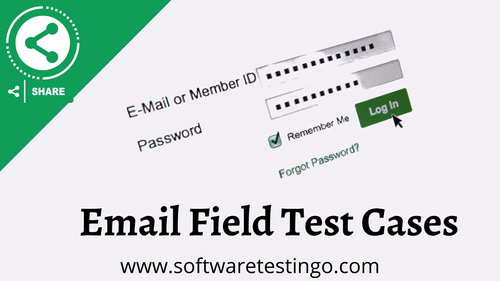In today's digital landscape, email validation is critical to ensuring data accuracy and user experience in applications and websites. One of the key elements of email validation is creating robust test cases. In this comprehensive guide, we'll explore the art of crafting email validation test cases. Whether you're a seasoned QA engineer or a newcomer to the field, this guide will equip you with the knowledge and skills needed to create effective test cases that guarantee email data integrity.
Chapter 1: The Importance of Email Validation
- Email Validation: An Overview: Understanding the significance of email validation.
- Why Email Validation Test Cases Matter: Exploring the role of test cases in ensuring data accuracy.
- Challenges Without Proper Validation: Real-world consequences of overlooking email validation.
Chapter 2: Components of Email Validation
- The Anatomy of an Email Address: Deconstructing the structure of an email address.
- Common Email Input Fields: Identifying where email validation is typically applied.
- Types of Email Validation: From format checks to domain verification.
Chapter 3: Writing Email Validation Test Cases
- Test Case Essentials: The key components of a test case.
- Creating Effective Test Scenarios: Building test scenarios that mimic user interactions.
- Positive vs. Negative Testing: Exploring the difference between positive and negative test cases.
Chapter 4: Common Test Cases for Email Validation
- Basic Format Validation: Ensuring email addresses adhere to the correct format.
- Domain Validation: Verifying the existence and validity of the email domain.
- Special Characters and Quoting: Handling special characters within email addresses.
Chapter 5: Best Practices for Email Validation Testing
- Test Data Generation: Strategies for creating diverse and comprehensive test data.
- Automation vs. Manual Testing: Pros and cons of both approaches.
- Edge Cases and Boundary Testing: Exploring scenarios beyond the basics.
Chapter 6: Avoiding Common Pitfalls
- Overly Strict Validation: Balancing validation with user convenience.
- False Positives: Minimizing situations where valid emails are rejected.
- Lack of Continuous Testing: The importance of ongoing validation efforts.
Chapter 7: Testing in Real-World Scenarios
- E-commerce Applications: How email validation impacts online shopping experiences.
- User Registration: Ensuring a smooth registration process with valid email inputs.
- Data Security: Safeguarding sensitive information through robust email validation.
Chapter 8: Email Validation Test Cases FAQs
- What are some common test cases for email validation?
- How do I handle international email addresses in test cases?
- Should I use automated tools for email validation testing?
Chapter 9: Elevating Your Email Validation Testing
- Continuous Improvement: The importance of evolving your test cases.
- Team Collaboration: Building a culture of quality assurance in your organization.
- Mastering Email Validation: Your path to becoming an email validation testing expert.
Conclusion: Building Confidence in Email Validation
By mastering the art of email validation test cases, you're not only enhancing the quality of your applications but also elevating user trust and experience. Your expertise will enable you to catch issues before they impact your users and data integrity. As you embark on your journey toward email validation testing mastery, you're taking a significant step toward ensuring seamless and secure email interactions in the digital world.



